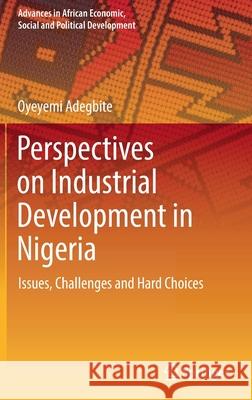Perspectives on Industrial Development in Nigeria: Issues, Challenges and Hard Choices » książka
topmenu
Perspectives on Industrial Development in Nigeria: Issues, Challenges and Hard Choices
ISBN-13: 9783030843748 / Angielski / Twarda / 2021 / 313 str.
Perspectives on Industrial Development in Nigeria: Issues, Challenges and Hard Choices
ISBN-13: 9783030843748 / Angielski / Twarda / 2021 / 313 str.
cena 442,79
(netto: 421,70 VAT: 5%)
Najniższa cena z 30 dni: 424,07
(netto: 421,70 VAT: 5%)
Najniższa cena z 30 dni: 424,07
Termin realizacji zamówienia:
ok. 22 dni roboczych
Bez gwarancji dostawy przed świętami
ok. 22 dni roboczych
Bez gwarancji dostawy przed świętami
Darmowa dostawa!
Kategorie:
Kategorie BISAC:
Wydawca:
Springer
Seria wydawnicza:
Język:
Angielski
ISBN-13:
9783030843748
Rok wydania:
2021
Wydanie:
2021
Numer serii:
000469941
Ilość stron:
313
Waga:
0.68 kg
Wymiary:
23.39 x 15.6 x 2.06
Oprawa:
Twarda
Wolumenów:
01
Dodatkowe informacje:
Wydanie ilustrowane











